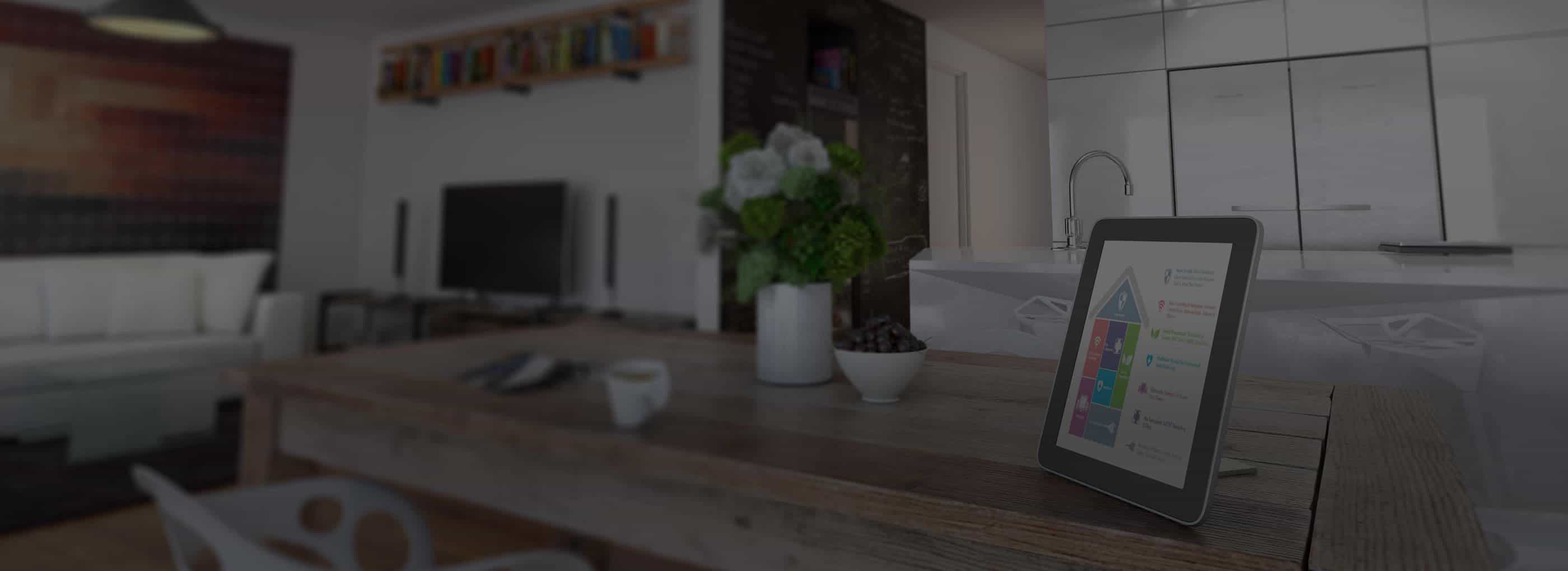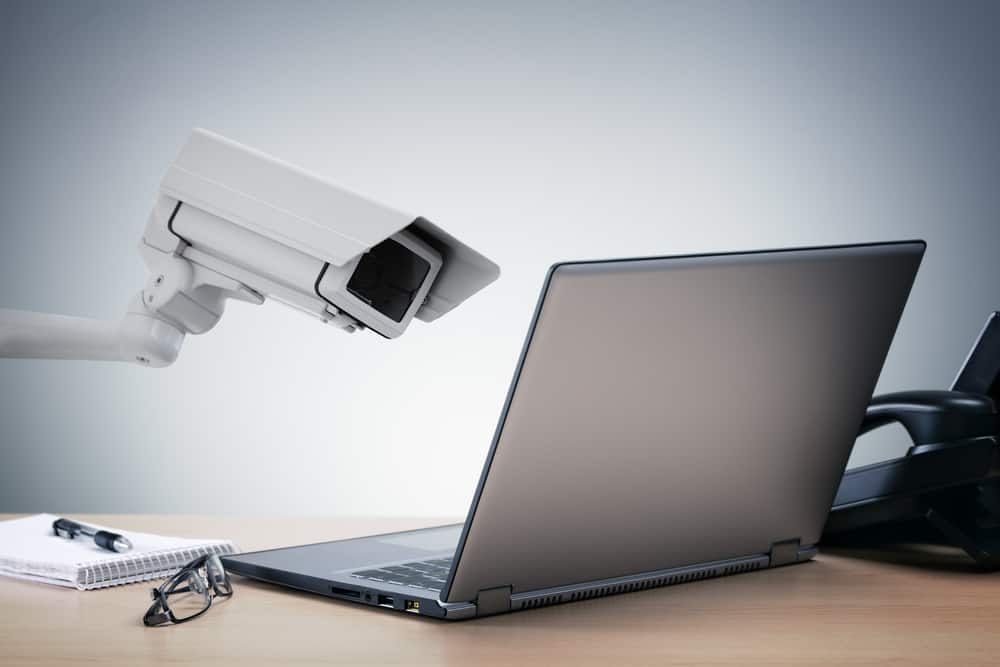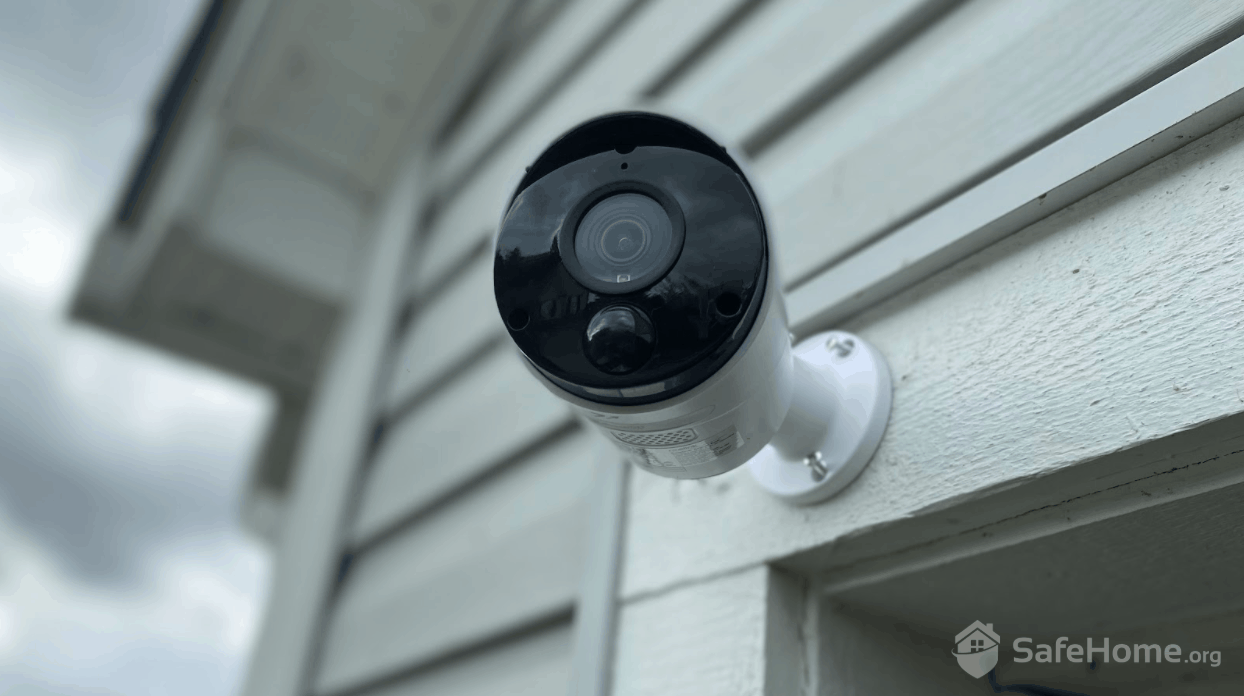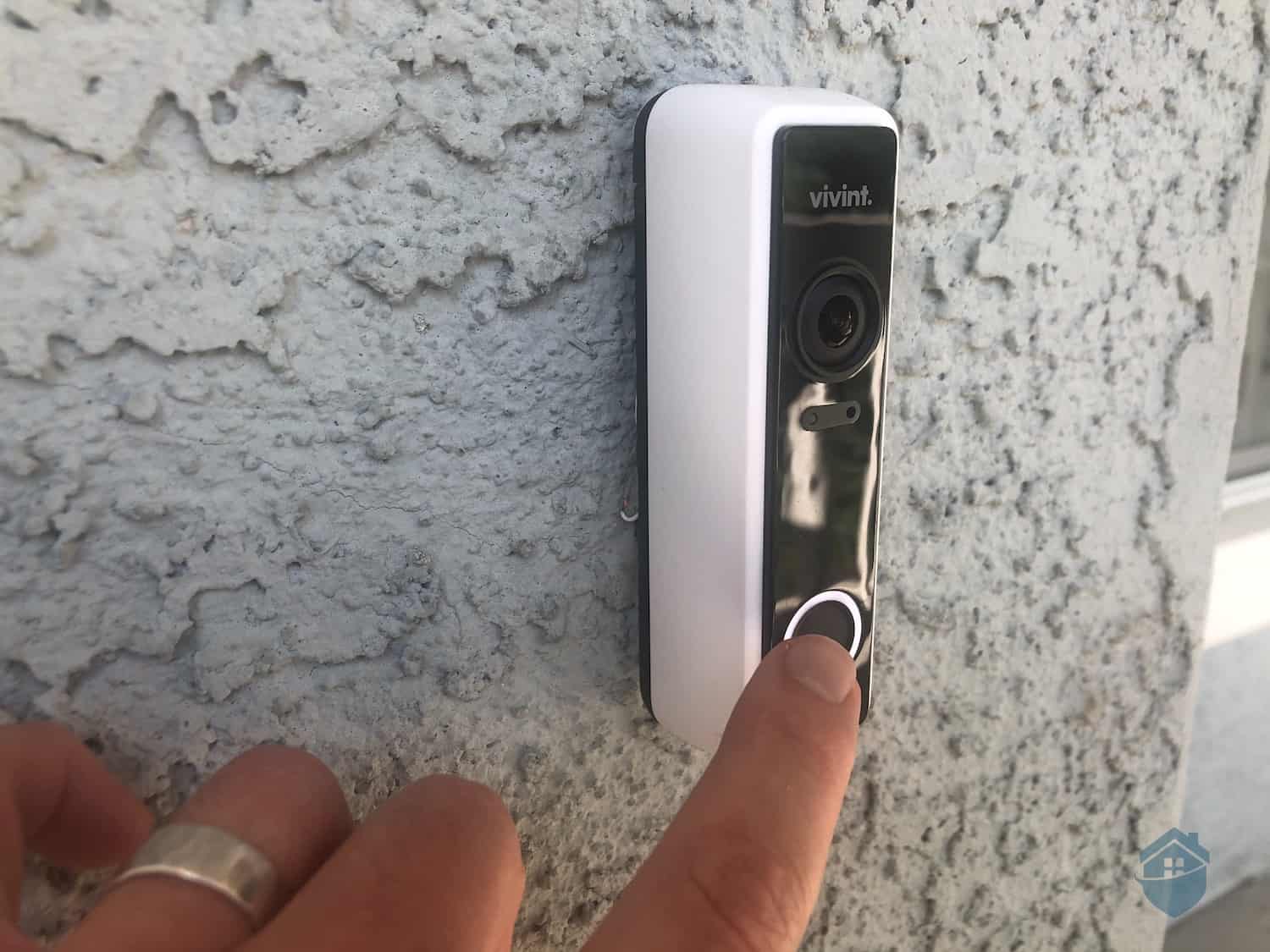Did You Know? The best part about getting a home security system is the help that comes with setting it up. Of course, you can go the DIY route, but the top brands are there to help every step of the way. Check out our list of the best home security systems to find an easy-setup system.
So you know you want to set up security cameras around your property. You might even have a camera manufacturer or model picked out. Heck, you might even have the cameras unboxed and ready to go. Good for you — you’re one step closer to keeping your family and your property safer.
One question that pops up, though, is where exactly will you put these cameras? How many cameras do you need? And how can you cover your property most efficiently while still getting the best functionality of your devices?
Don’t worry — we’re here to help. But before we start telling you exactly where to drill those pilot holes, let’s take a moment to think through some considerations.
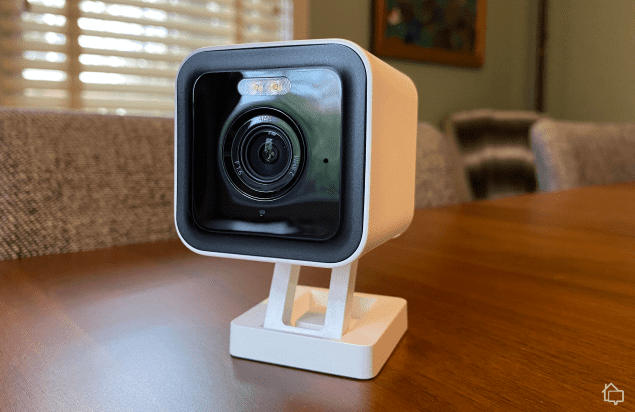
Wyze Cam v3 Pro.
What Types of Cameras Are You Buying?
So the good news is setting up a network of professional-grade home security cameras has never been easier. Manufacturers have made it their business to be as DIY as possible — learn more about that in our review of Arlo’s offerings — and installation is usually easy enough that if you can use a power drill, you can set up your cameras.
Pro Tip: If you’re not super handy, there are plenty of camera manufacturers that offer professional installation. Make sure you check with the provider to see what your options are.
You’re also going to need to consider the way your home is set up. If the areas you want to protect won’t be receiving a good Wi-Fi signal, like over a detached garage, you might consider a PoE — or powered over Ethernet — option. You’ll find there are a few to check out in our review of Lorex’s cameras.
You’re also going to want to really think about how you’re going to be using these cameras, as this will inform your decision on the feature list you’ll need. Some of those features might include:
- Two-way audio
- Wide-angle lens
- Color night vision
- Smart alerts
- Person detection
- Package detection
- Live feed
- Floodlights
- Motion sensors
- Alarms
For example, if you’re going to be putting a camera on your front door, you might want package detection and two-way audio so you can talk with delivery drivers. If you want to make sure no one is using your backyard as a cut-through at night, you might want floodlights and person detection. All security cameras aren’t created equal, so you’re going to want a pretty good idea of what you want yours to do before you start your shopping.
Now with this in mind, let’s get to the question at hand.
Where Should I Put Security Cameras on My Property?
No two properties are alike, no two situations are alike, and no two homeowners are alike. That means it’s going to be pretty difficult to tell you exactly where you should put your cameras without having us over to your house. But here are some security camera placement locations in order of importance.
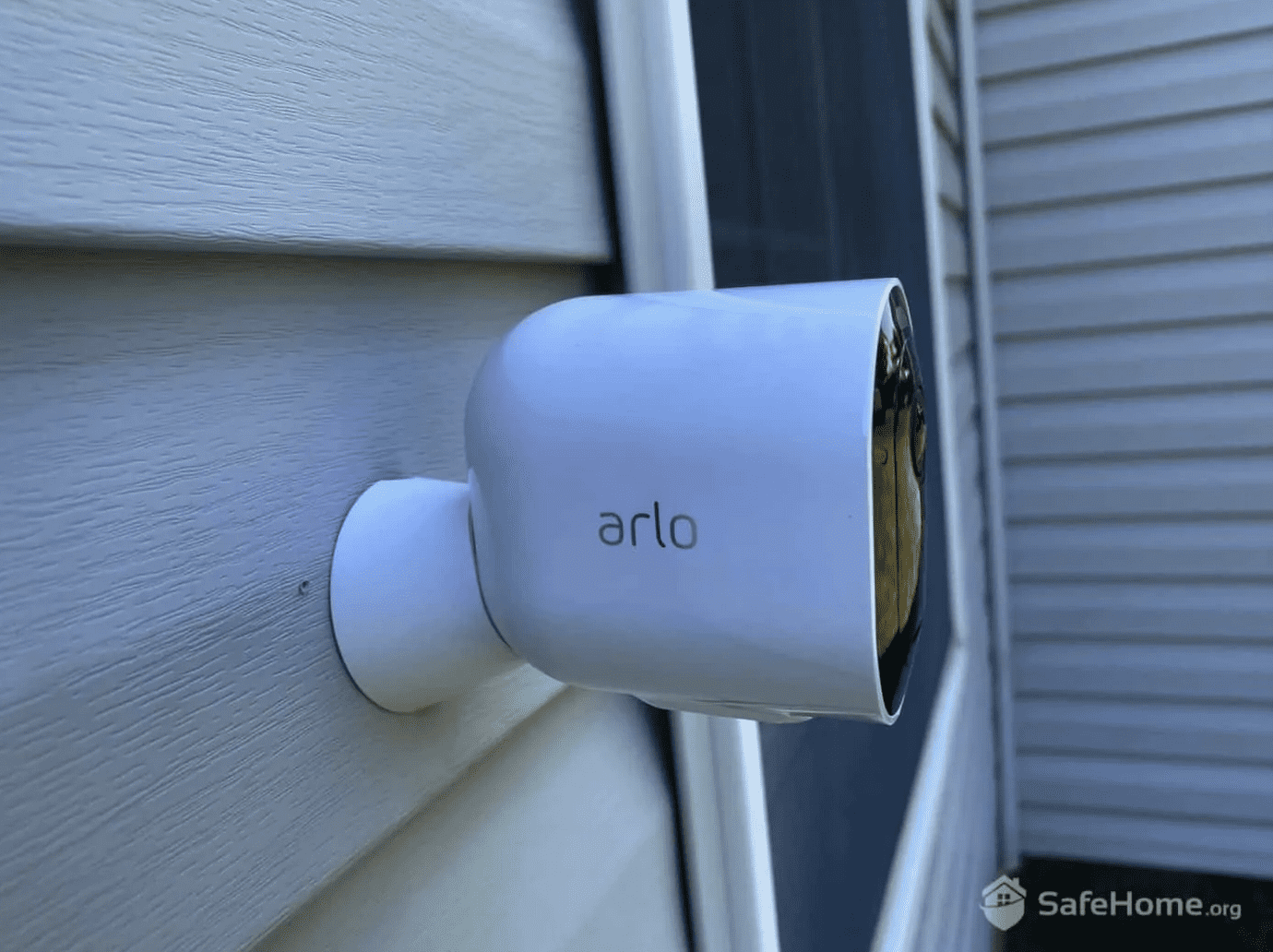
An Arlo Pro 3 security camera mounted outside.
Entryways
The first order of business is making sure all entryways to your home are covered. This means your front and back doors, side doors, and garage or crawlspace. If you’re looking to keep burglars out, most security experts would agree doorways are the starting point.
Windows
Once your doorways are covered, make sure your windows are, too. If entryways (doors) aren’t an option, intruders will likely use a window as their next way in. Focus on ground-floor windows, and ones that aren’t street-facing — those are the most vulnerable.
Pro Tip: Another way to protect your windows is to install glass break sensors. These devices listen for the specific frequencies of shattering glass and will alert you if someone’s breaking in.
Driveway
While it’s not as critically important as the first two on our list, a great place for a camera is above your garage looking down your driveway. Intruders are going to want to make a quick escape, and if that’s impossible due to your driveway being covered by a camera, they might move on somewhere else.
External structures
If you have a detached garage or a garden shed, you might also consider pointing a security camera toward it. These structures on your property are easy pickings for criminals looking to make a quick buck. They’re usually not as secure as the main home — sometimes only protected by a padlock or deadbolt — and they usually have some pretty valuable stuff inside, like your power tools or lawn equipment.
So now that you understand the where of security camera placement, let’s talk a little about the how.
We recommend walking around your home while you put yourself in the mindset of a package thief or burglar. Where are the vulnerable areas? Are there bushes or hedges they might hide in? Are there especially dark or shadowy areas? If you were a burglar, how would you break into your home? Those are the places you should mount security cameras.
Security Camera Placement Best Practices
While you’re coming up with your placement plan, there are a few concepts to keep in mind when installing your security cameras. We’re going to go through the best practices here, but we also suggest you follow any tips from the manufacturer of your specific cameras. You’ll be able to find those in the user’s manual.
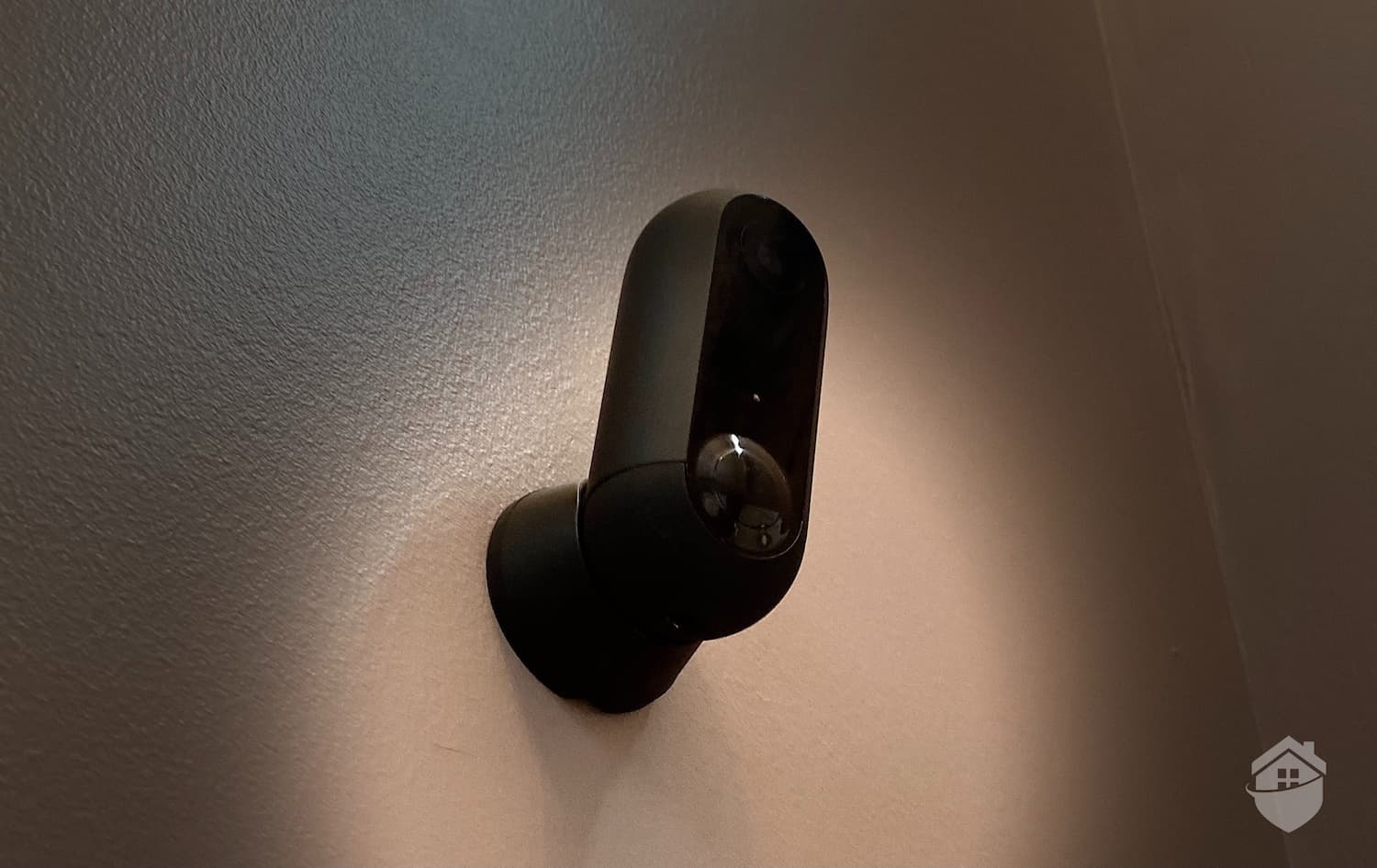
Canary Flex Mounted on Wall
Height
When it comes to mounting your security cameras outside, you’re going to need a ladder. Why? Because you want to make sure you’re mounting your security cameras about 8-10 feet off the ground. Not only will this give you good visibility, it will prevent potential burglars from easily tampering with or disabling your cameras.
Obfuscation
Some people think that hiding their security cameras is a good idea, but let’s think through this. One of the major benefits of having a security camera system is to keep burglars from picking your home. If you’ve expertly hidden your cameras, all you’re doing is ensuring you have great footage of the break-in. Make sure they’re visible for the greatest security impact. You want would-be intruders to see that your home is protected. This can make them think twice before targeting it.
FYI: Studies show that visible external security cameras result in a 50 percent or more reduction in crime. If the criminals know you’re watching them, they’re far less likely to try and break in.
If you’re worried that your security cameras are going to be unsightly and decrease your property value, don’t be. Plenty of manufacturers these days offer small, sleek units that will blend right in with your existing exterior. Check out our review of the SimpliCam. These cameras are well-designed and unobtrusive but noticeable enough to make a would-be intruder think twice.
Lighting
Before installing any outdoor security system, you’ll want to consider how things look on your property once the sun goes down. Is there a lot of ambient light, or is it pitch black? Do you have some motion sensor lights already installed that you could piggyback off of, or do you need to get a camera with an integrated spotlight like we found in our Ring Spotlight Camera analysis? You want to make sure your cameras are working well and seeing everything, no matter the time of day.
Cover
You’re going to want to make sure that whatever cameras you’re purchasing are weatherproof, but you’re also going to want to consider cover when you’re placing them. A camera stuck on top of a fence post isn’t going to last as long as one mounted under an awning. Not only will you improve the life of your cameras by giving them a bit of cover, you’re going to make sure they’re still seeing everything, even if the weather turns foul.
Check and Recheck
Once you’ve installed your cameras, make sure you’re testing their placement. Get out and walk around your property and check your playback. See where the blind spots are, and adjust if necessary. Do this in the daytime, and do it at night. You won’t have to do it forever, but you will want to make sure you’ve done enough legwork and fine-tuned adjustments to ensure your cameras are providing you with the security you think they are.
Pro Tip: It’s important to consider your camera’s field of vision. Around 160 degrees is good, but some rotating models can offer close to 360 degrees of vision. It all depends on what you need it for.
There you have it. That’s everything you need to know about the placement of security cameras around your property. We just have one final thought before we go.
Final Thoughts on Security Camera Placement
As we’ve said, each home is different and each property owner’s security needs will be different. The best thing to do is read this guide, read the recommendations of your camera manufacturer, and apply some critical thinking. If you were a burglar, how would you get into your home? What would stop you?
Of course, we think the answer you’re going to come to is some well-placed security cameras. And if you’re thinking the same, you should head over to our list of the best security cameras of 2025. There you’ll find exactly what you need to keep your family and belongings safe.

